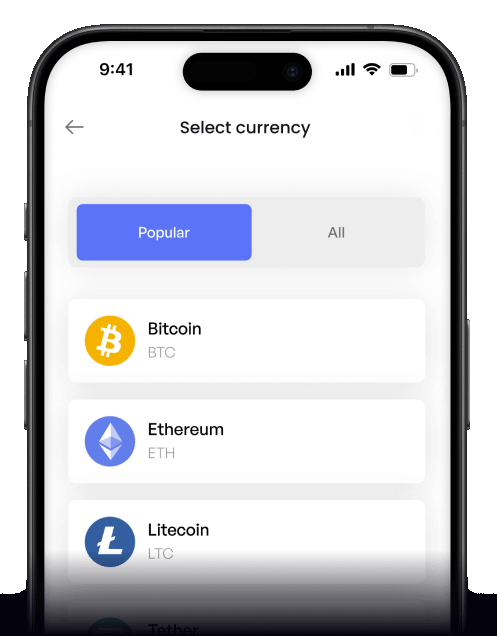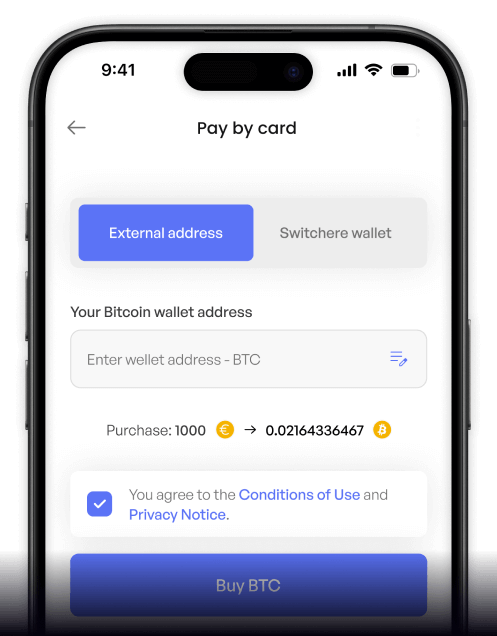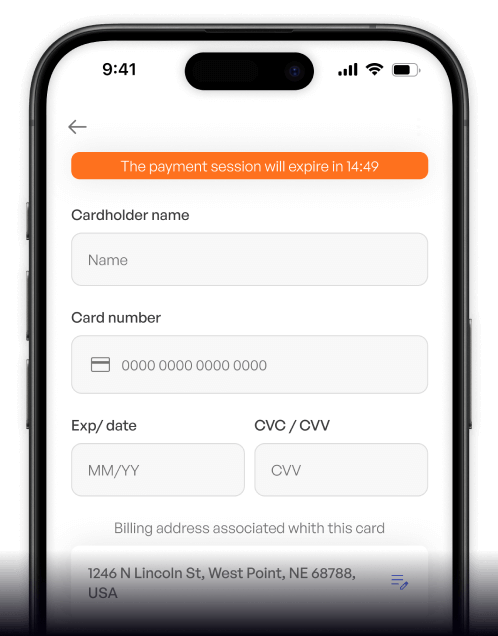- Hjemmeside
- Konverter
- Danish Krone (DKK) til Avalanche (AVAX)
Konverter
Danish Krone (DKK) til Avalanche (AVAX) med det samme
Køb Avalanche (AVAX) med Danish Krone (DKK) nemt hos Switchere og nyd godt af hurtige, sikre transaktioner.
Omkring
Avalanche (AVAX)
Avalanche (AVAX) fremstår som en højtydende Layer 1 blockchain-teknologiplatform, der er omhyggeligt konstrueret til at løse det kritiske skalerbarhedstrilemma - opnåelse af decentralisering, sikkerhed og høj gennemstrømning. Dets primære formål er at skabe et robust og alsidigt fundament for decentrale applikationer (dApps) og brugerdefinerede blockchain-implementeringer, kendt som subnets. Dette decentrale netværk bruger den innovative Avalanche-konsensusprotokol, en familie af Snowball-influerede mekanismer, der muliggør næsten øjeblikkelig transaktionsafslutning, typisk under to sekunder, hvilket adskiller det i det konkurrenceprægede landskab af digitale aktivplatforme. Platformens arkitektur fremmer et blomstrende økosystem for komplekse smarte kontrakter og forskelligartet Web3-infrastruktur.
Avalanches kernearkitektur er unikt struktureret omkring tre forskellige, men interoperable kæder: Exchange Chain (X-Chain) til oprettelse og styring af digitale aktiver, Platform Chain (P-Chain) til koordinering af validatorer, sporing af aktive undernet og muliggørelse af oprettelse af nye undernet og Contract Chain (C-Chain) til udførelse af Ethereum Virtual Machine (EVM)-kompatible smartkontrakter. Dette design med flere kæder muliggør en bred vifte af anvendelsesmuligheder, herunder avancerede DeFi-applikationer, virksomhedsløsninger og blockchain-baserede spil. Det oprindelige utility token, AVAX, er en integreret del af økosystemets tokenomics; det bruges til at betale transaktionsgebyrer på tværs af netværket, sikre platformen gennem validering, deltage i beslutninger om styring af kæden og som en fælles kontoenhed blandt subnettene. Dette positionerer Avalanche som et vigtigt og tilpasningsdygtigt infrastrukturlag, der sigter mod at understøtte en ny generation af decentrale systemer og digitale hovedbøger.
Sådan køber du Avalanche (AVAX).
Populære mønter for Danish Krone (DKK)
Andre mønter til Danish Krone (DKK)
Ofte stillede spørgsmål
-
Hvad er den bedste måde at købe Avalanche (AVAX) med danske kroner (DKK)?
Den mest almindelige metode til at erhverve AVAX med DKK er gennem en centraliseret kryptovalutabørs, der fungerer som en fiat on-ramp. Kig efter platforme, der understøtter DKK-indskud via SEPA-overførsel eller kredit-/debetkort som Dankort. Disse regulerede børser kræver KYC/AML-verifikation, hvilket sikrer et sikkert handelsmiljø, før du kan placere en ordre i DKK/AVAX-ordrebogen. -
Hvad gør Avalanche-netværkets teknologi attraktiv for dem, der investerer fra DKK?
Avalanche-netværket er kendt for sin høje transaktionshastighed og næsten øjeblikkelig transaktionsfinalitet, muliggjort af Avalanche Consensus Protocol. For DKK-investorer betyder dette hurtige og billige transaktioner. Desuden giver dets Subnet-arkitektur mulighed for oprettelse af brugerdefinerede, applikationsspecifikke blockchains, og dets EVM-kompatible C-Chain giver problemfri adgang til det store DeFi- og dApp-økosystem. -
Efter at have købt AVAX, hvad er forskellen på Avalanches C-Chain, X-Chain og P-Chain?
Avalanche bruger tre sammenkoblede blockchains. X-Chain (Exchange Chain) er til at skabe og handle med digitale aktiver. P-Chain (Platform Chain) koordinerer netværksvalidatorer og bruges til at stake AVAX. C-Chain (Contract Chain) er, hvor smart contracts og dApps kører; den er EVM-kompatibel, og det er sandsynligvis her, din AVAX vil blive sendt til fra en børs, da det er den primære kæde for DeFi-interaktioner. -
Hvad er de essentielle sikkerhedspraksisser, når man handler DKK for AVAX?
Brug altid anerkendte, regulerede kryptoplatforme i Norden, der har stærke sikkerhedsresultater. Efter køb af dit digitale aktiv anbefales det stærkt at overføre din AVAX fra børsen til en personlig digital tegnebog, hvor du kontrollerer de private nøgler (selvforvaring). For betydelige beløb kan du overveje at bruge en hardware-wallet, som giver et ekstra lag af sikkerhed mod onlinetrusler for dine blockchain-transaktioner. -
Hvilke typer gebyrer er forbundet med at konvertere danske kroner (DKK) til AVAX?
Når du konverterer DKK til AVAX, vil du typisk støde på to hovedgebyrer. For det første børsgebyret, som kan omfatte et DKK-indbetalingsgebyr (afhængigt af betalingsmetoden) og et handelsgebyr for at udføre købsordren. For det andet Avalanche-netværksgebyret, der betales i AVAX, for at behandle blockchain-transaktionen, når du hæver dine mønter til en privat wallet. Avalanche-transaktionsgebyrer er kendt for at være relativt lave.






